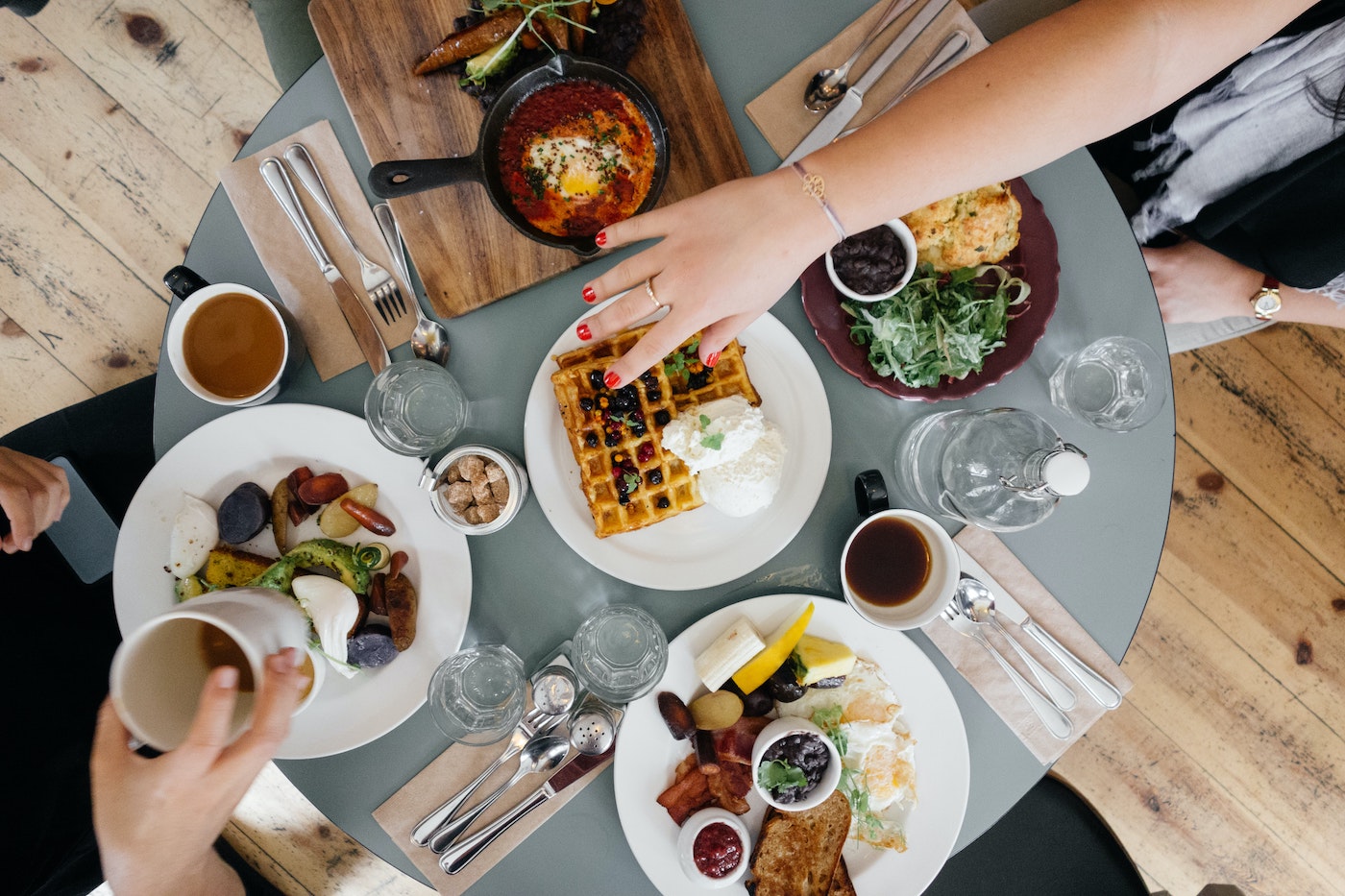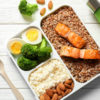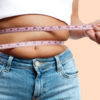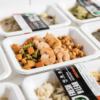SUMMARY
Portion control is an integral part of a healthy eating plan, and it can help you manage your calorie intake. To succeed at portion control, you’ll need to develop a game plan that incorporates mindful eating habits.
Fresh N’ Lean is the nation’s largest organic meal delivery service. Our tasty, chef-prepared cuisine is always fresh and never frozen, and we offer five convenient meal plans: Protein+, Keto, Paleo, Standard Vegan and Low-Carb Vegan. Choose Fresh N’ Lean for affordable nutrition, delivered to your doorstep.
With many aspects of life, success comes down to having a winning strategy.
When it comes to your diet, a winning strategy typically involves portion control. If you’re consuming more food than your body needs, you may find yourself feeling sluggish or gaining weight. This can happen even if you’re eating reasonably healthy foods. It’s important to know when to say when.
Portion control can be extremely valuable, whether you want to lose weight or maintain your current physique.
Below, we’ll explain the difference between a food portion and a serving. We’ll offer some tips that can help you choose appropriate portions. Finally, we’ll answer some frequently asked questions regarding portion control.
Read on to learn more about steps you can take to gain control of your eating habits.
What’s the difference between serving size and portion size?
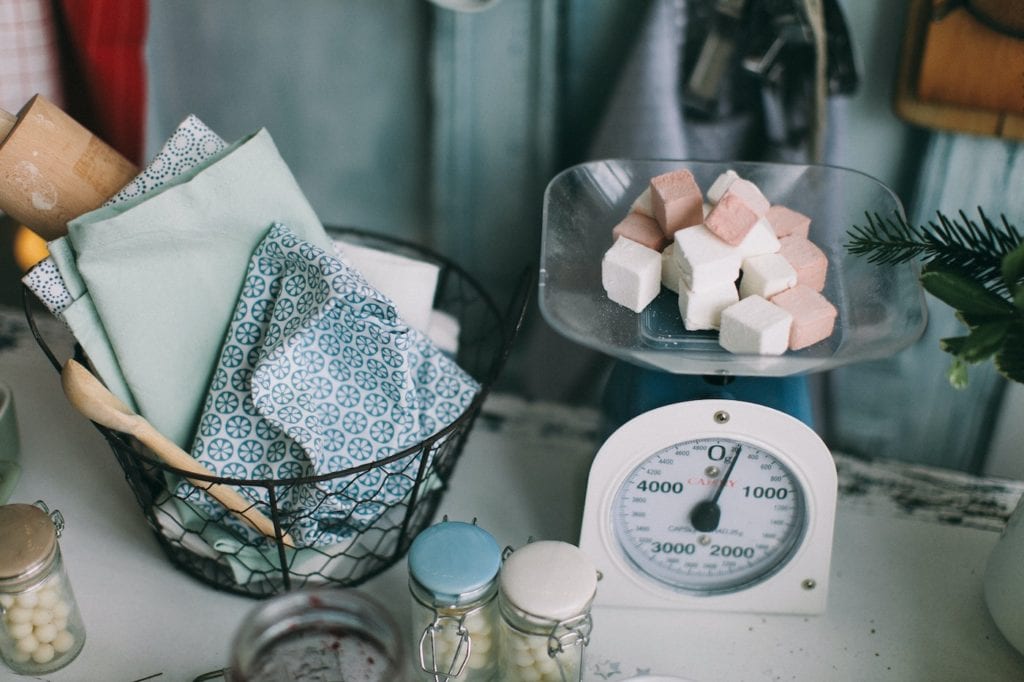
Many people refer to portion size and serving size when discussing food. These two terms don’t mean the same thing.
- You’ll find nutritional data regarding serving size displayed on food labels.
- A serving size is a standardized amount of food. When used in relation to food groups, it shows the recommended amount that should be eaten with each meal. When used more generally, it conveys the amount of food a person typically consumes in a single sitting.
- Portion size is more subjective. A portion is the amount of food you choose to consume at each sitting. It may be more than, equal to or less than a single serving.
You can use serving size to help guide you in choosing appropriate food portions. Below, we’ve listed some portion control tips to consider.
Tip #1: Avoid eating food directly from the package
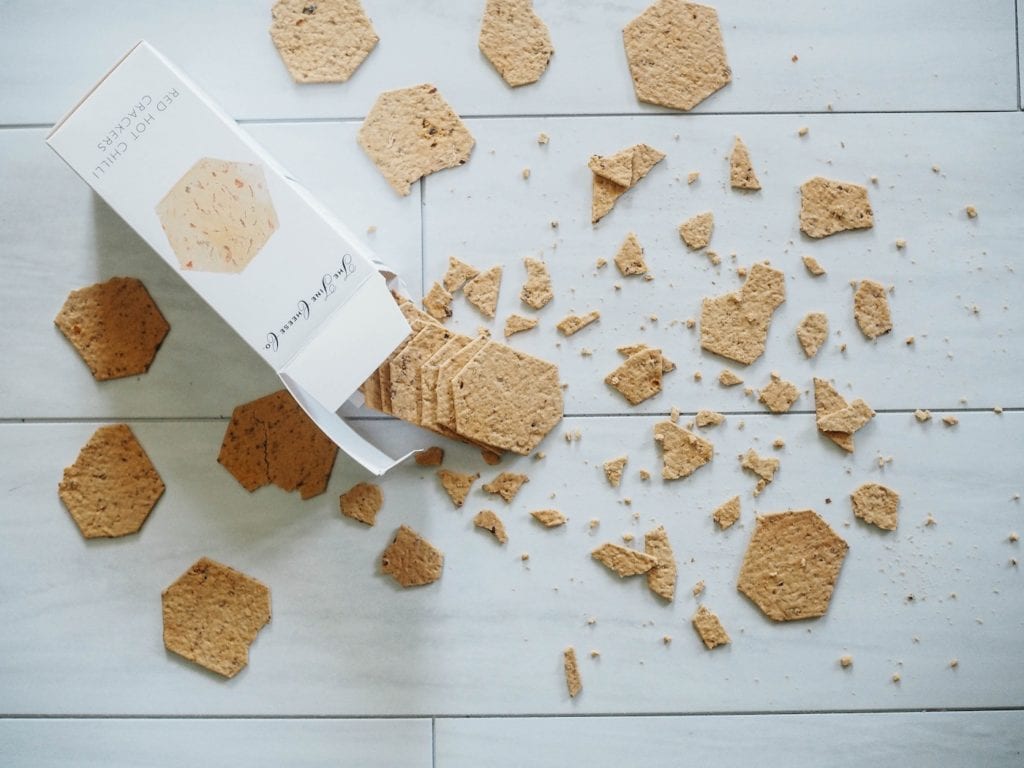
If you have a pack of chips or a carton of ice cream, it can be tempting to just open the package and dig in. However, it’s a bad idea to eat straight from the package if you want to master portion control.
Consider these facts:
- The typical package of food contains more than one serving.
- And in many cases, packages are jumbo-sized or family-sized, with enough food to feed several people.
It’s much harder to keep track of how much food you’re consuming when you’re eating directly from the package.
This is especially true if you’re eating packaged food while watching TV or working on a task. It’s easy to wind up scarfing down more food than you’d intended to consume if your attention is focused on something other than eating.
Don’t eat food directly from the package. Instead, dole out the meal portion you wish to consume into a dinner plate or bowl.
Tip #2: Avoid eating from large containers
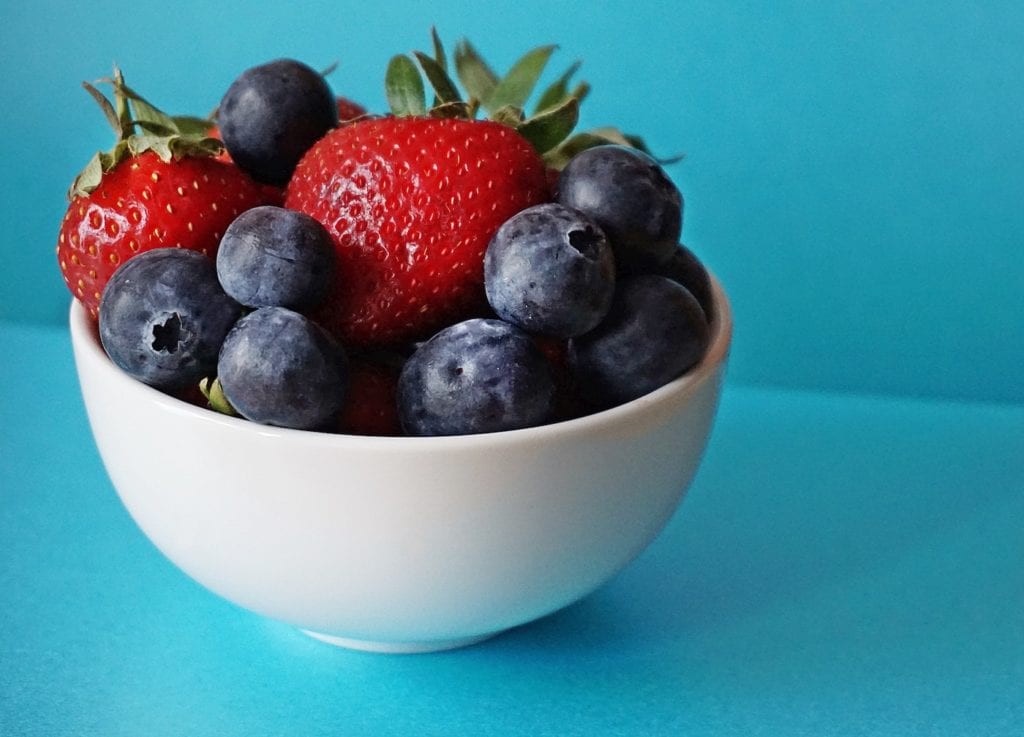
As mentioned, it’s best to eat from a dinner plate or bowl, but these containers don’t all deliver the same results. It turns out the size of the plate or bowl you choose could impact the amount you eat.
Research shows that when meals or snacks are placed in large containers, it encourages people to eat larger quantities of food, even when portion size is held constant:
- In one study, participants were served identical portion sizes of candy. With some participants, the portion was placed in a small bowl; with others, a large bowl was used.
- Even though all participants were given the same portion size, those eating from the large containers consumed more food.
This suggests that bigger containers encourage people to eat larger portions of food. To discourage overeating, choose smaller plates and bowls when serving your meals and snacks.
Tip #3: Know the size of a single serving
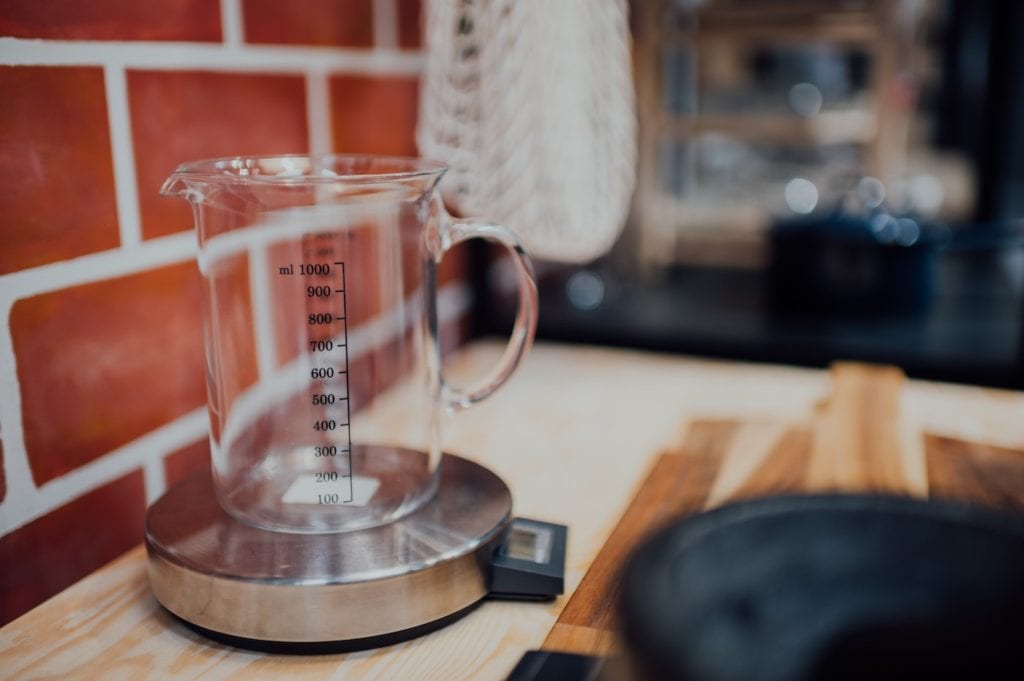
Food labels will typically provide you with calorie and nutrition information for a single serving. You might think that estimating serving sizes based on information provided on the meal’s nutrition facts label is fairly intuitive, but research shows it’s easy to miscalculate.
One of the best ways to assess an accurate serving size is to use a food scale or measuring cup.
You won’t necessarily have to use these tools every time you eat. Use them at the start of your portion control journey to get a sense of how much food is contained in a single serving.
After a while, you’ll likely be able to accurately eyeball serving sizes, and using these tools won’t be necessary.
Here’s some general guidance that can help you figure out how much food you have on your plate:
- With fruit and vegetables, a fist-sized amount of food equals about one cup.
- With meat and fish, an amount of food that’s the size of a deck of cards is equal to about three ounces.
Tip #4: Use a portion control plate
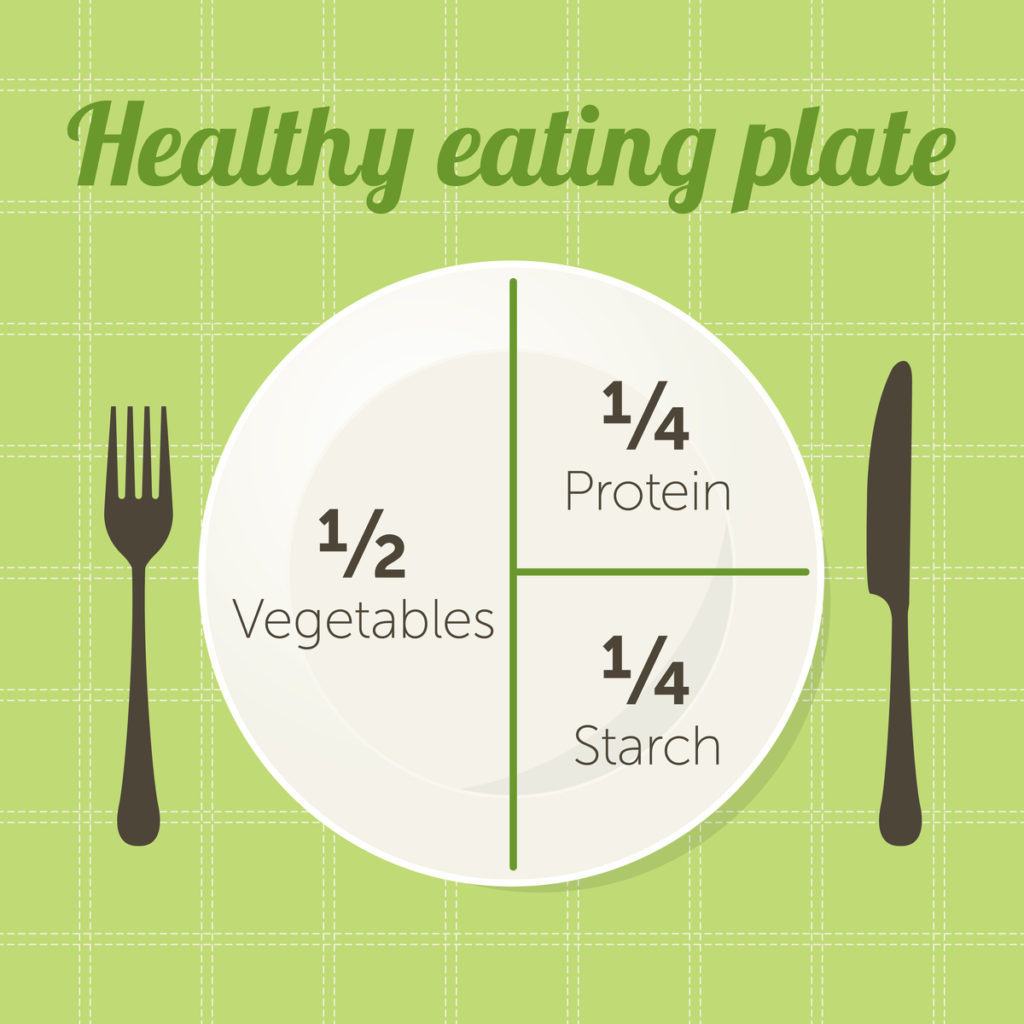
What if there was a plate that lets you know exactly how much of each food group you need to consume to maintain a healthy diet?
Such an item exists, and it’s known a portion control plate.
These plates contain various sections. Within each divided section, there’s room for a specific food group.
Sometimes the plate is divided using raised physical barriers. In other cases, the division takes the form of lettering or graphics.
You can use this nifty portion control tool to help make sure you’re not undereating or overeating a specific food group.
Some portion control plates are designed to be used at home. These look just like regular plates, except for the divisions that separate the various sections.
Others come with secure lids, and they are made to be used when you’re on the road.
Tip #5: Utilize portion control containers
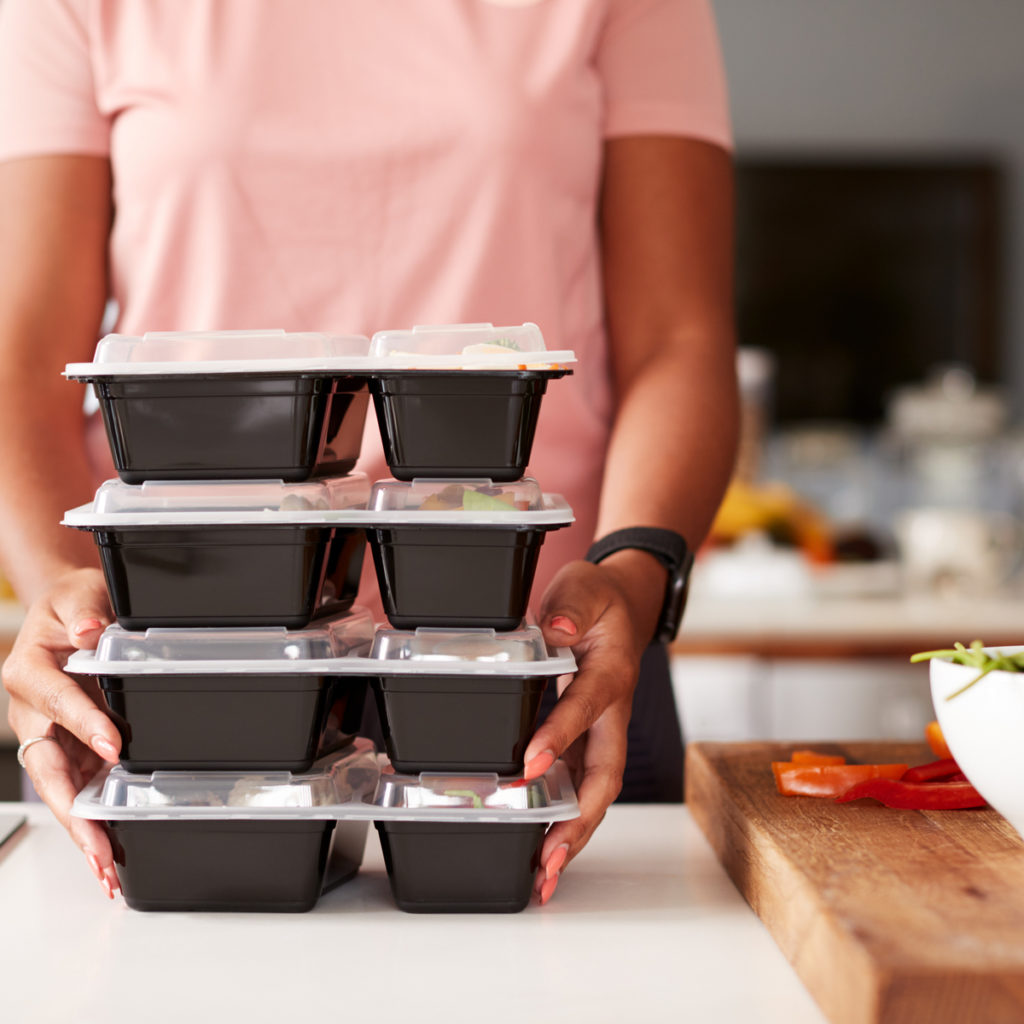
Many people like to cook and prepare their meals long before they eat them.
If this kind of meal prep is your thing, there’s a portion control tool that can help you avoid overeating. It’s called a portion control container.
A portion control container often looks just like a regular Tupperware dish. However, its genius lies in its sizing.
Each container holds a specific amount of food, and it’s usually meant to store a single food group.
In some cases, the containers are color coded by food group. This allows you to easily dole out a healthy portion of each food group you consume, with no food scale required.
With portion control containers, you can meal prep for the week, and store your food in the fridge. Then, as the week unfolds, you’ll have access to prepared meals that reflect proper portion control.
Tip #6: Plan your meals in advance

Spontaneity can be great in many areas of life, but it doesn’t work out so well when you’re trying to make sure you eat an appropriate portion size with each meal.
Planning meals in advance helps you control portions. If you’re eating spontaneously with no road map to guide you, you’re more likely to find yourself consuming more food than you would have liked.
So, what does this kind of meal planning involve?
It can be as extensive as meal prep that involves cooking and storing each meal several days in advance.
On the other hand, it can be as simple as making a mental decision regarding how much food you want to consume before you start eating, and choosing a smaller plate for your meal or snack.
Tip #7: Drink a glass of water before each meal
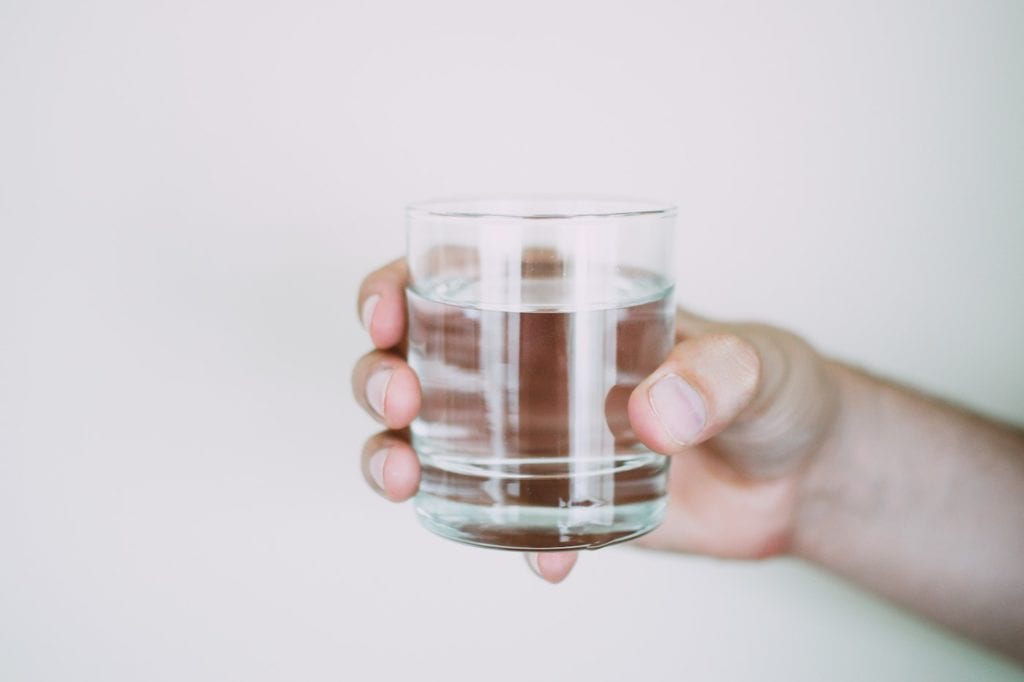
Your stomach only has enough room for a limited amount of food or drink. As you consume more food or beverages, you’ll start to feel full. If you feel full, you’re less likely to overeat.
Water can leave you with a sense of fullness, and it contains no calories. For these reasons, drinking water before a meal is a good idea. It can fill you up, and this makes it easier for you limit your consumption to an appropriate food portion.
Begin your meal with a glass of water to discourage overeating.
Tip #8: Be especially mindful when snacking
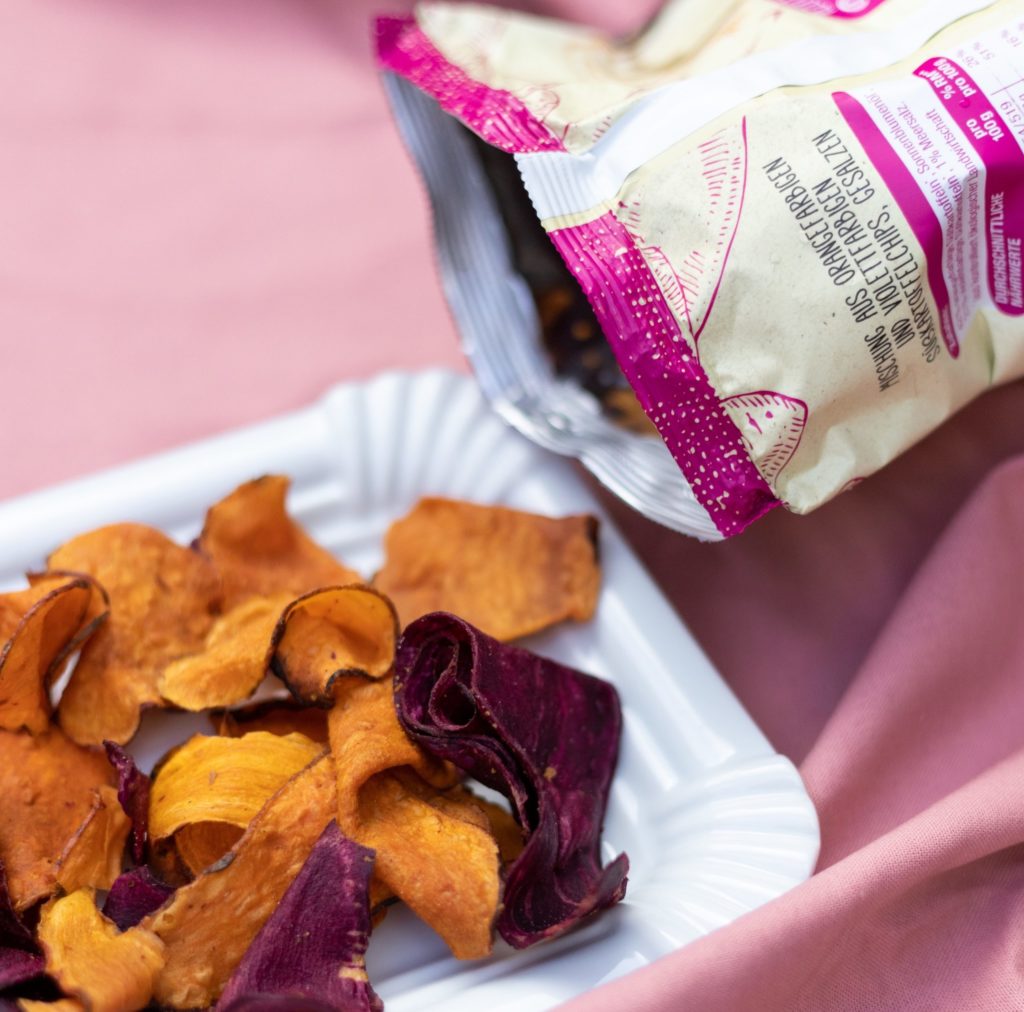
For many of us, it’s relatively easy to be disciplined with our food portions when eating a bona fide meal such as breakfast, lunch or dinner. But when it comes to snacking, things often become a lot murkier.
This has to do with the way snacks are typically consumed:
- With breakfast, lunch and dinner, mealtime often involves dinnerware.
- When snacking, we often eat directly from the package.
As we’ve mentioned earlier, you’re more likely to choose healthy portions when you have to measure your food out onto a plate, dish or bowl. Transferring your meal to dinnerware encourages a certain level of mindfulness that just isn’t there when you’re scarfing food directly from the package. Placing your meal in a plate or dish forces you to actually think about calorie intake and food portions.
This is also a good time to mention something known as portion distortion:
- The average amount of food presented in packaged snack items and beverages has grown tremendously over the past few years.
- Portion distortion is a term that refers to this phenomenon.
In days gone by, a pack of potato chips or onion rings may have contained just enough food for a single serving. In these times of rampant super-sizing, this is no longer the case.
A study published in the Journal of the American Medical Association looks at changes in food portion sizes between 1977 and 1998. The study shows that since the 1970s:
- The amount of food in a typical package of pretzels or crackers has increased by 60 percent.
- The size of the average hamburger has grown by 23 percent.
- The size of a typical bottle of soda has increased by over 50 percent.
It doesn’t end there. According to a study published by the American Journal of Public Health, when grocery shopping, you’re likely to come across muffins, cooked pasta and steak that exceed the U.S. Department of Agriculture’s (USDA) standard sizes by 333 percent, 480 percent and 224 percent, respectively.
It all adds up to conditions that can make it more difficult than ever to gauge the right amount of food to consume when you’re snacking.
To preserve your health and avoid weight gain, exercise care and caution when enjoying a bite to eat in between your regular mealtimes.
Tip #9: Make healthy food choices
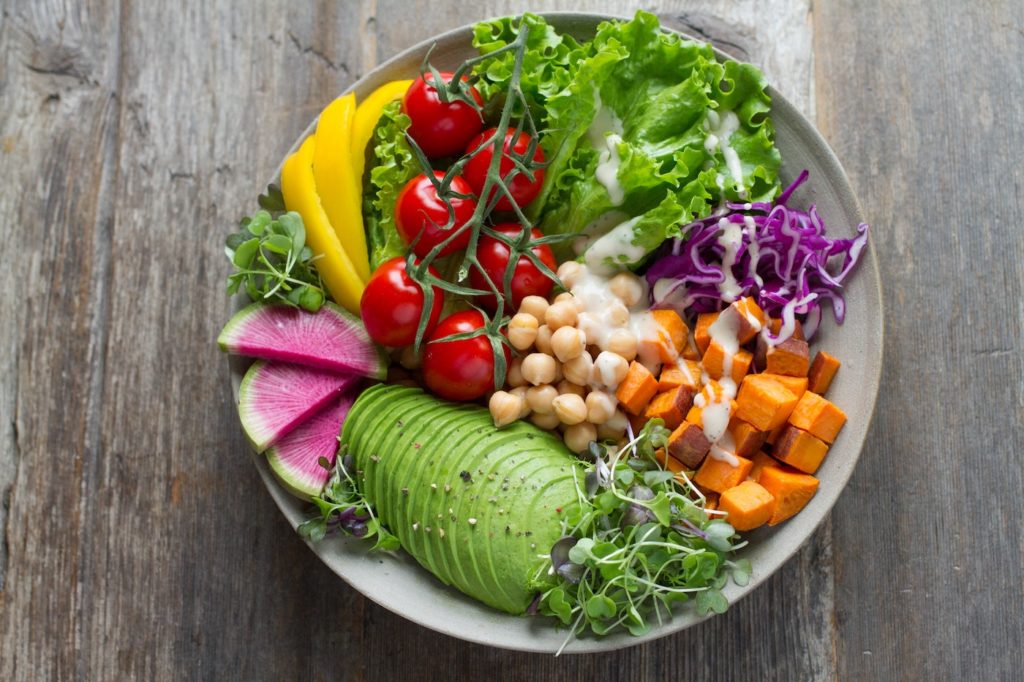
If you’re finding the whole business of strict portion control a bit oppressive, take heart: There’s another alternative to consider. Nutritionists and dietitians agree: If you make healthy food choices, it can give you a bit more leeway in terms of the amount of food you’re able to consume without putting yourself at risk for health problems and obesity.
That means choosing foods with more nutrition and fewer calories. This holds true whether you’re cooking right before a meal or saving time via meal prep.
Here’s some guidance to keep in mind:
1. For an appetizer, reach for a veggie dish such as carrot sticks instead of something fried, high-fat and greasy
A vegetable is typically high in fiber, and this can leave you feeling full. Vegetables are also low in calories, and this makes them useful allies if you’re trying to lose weight.
2. With your next meal, switch your white rice for brown rice
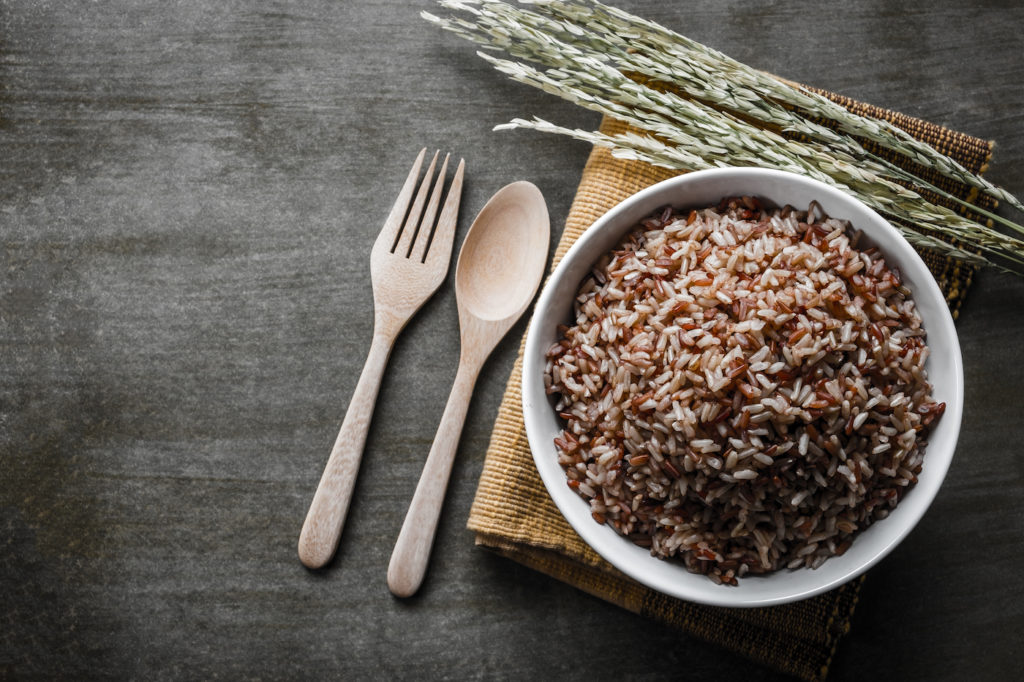
Refined grains such as white rice are highly processed and have relatively little nutritional value. Brown rice is a nourishing whole grain rich in nutrients such as protein and selenium. Unprocessed brown rice is also high in fiber.
3. For your entree, choose whole-food, low-fat items such as lean protein, sweet potatoes and whole grains instead of processed foods with lots of fat
Examples of high-fat processed foods to avoid include French fries, potato chips, cheese and bacon. Foods that are high in fat tend to also be high in calories, and they can cause you to gain weight.
4. Choose whole-grain pasta over regular pasta
Whole-grain pasta is less processed than the regular kind, and it has more fiber. Thanks to its fiber content, this type of pasta tends to leave you feeling full. This can create a feeling of satiety that discourages overeating.
Pair your whole-grain pasta with tomato-based marinara instead of high-fat sauces such as Alfredo.
5. Know the value of protein

Protein can help you lose weight and burn fat. You’ll find lots of protein in foods such as beef, fish and eggs.
If you’re looking for plant-based sources of protein, try nuts such as almonds and cashews.
6. Keep an eye on the amount of solid fats you consume
Solid fats include foods such as cheese. These foods are often high in calories. Eating lots of calories can make it harder for you to maintain a healthy weight.
Solid fats also tend to be high in saturated fat. Saturated fat can cause health problems such as heart disease.
7. Include a moderate amount of healthy fat from menu items such as peanut butter, nuts and salmon
Don’t overlook the value of adding healthy fat to your eating plan. Including foods with this type of fat content in your diet may increase satiety and encourage you to eat less.
8. Carefully read the food label when shopping

Many packaged foods contain ingredients that can seriously sidetrack your health and your diet. These include things such as saturated fat and unhealthy preservatives.
The only way to know what’s in these packaged foods is to read the nutrition facts label before you buy. This food label will let you know the good, the bad and the ugly when it comes to that product’s ingredients.
9. Fill up on low-calorie veggie foods and fruit
Many fruits and vegetables are low in calories, low in fat and high in nutritional value. They can provide great support, whether your goal is weight loss or healthy weight maintenance.
Unless you’re following a specialized eating plan with unique rules (such as keto), low-calorie fruit and veggie choices can serve as the foundation for a healthy diet. You can use these foods to satiate yourself and prevent a feeling of deprivation while you’re limiting portion sizes of other food groups that are higher in calories.
Tip #10: Opt for healthy meal delivery
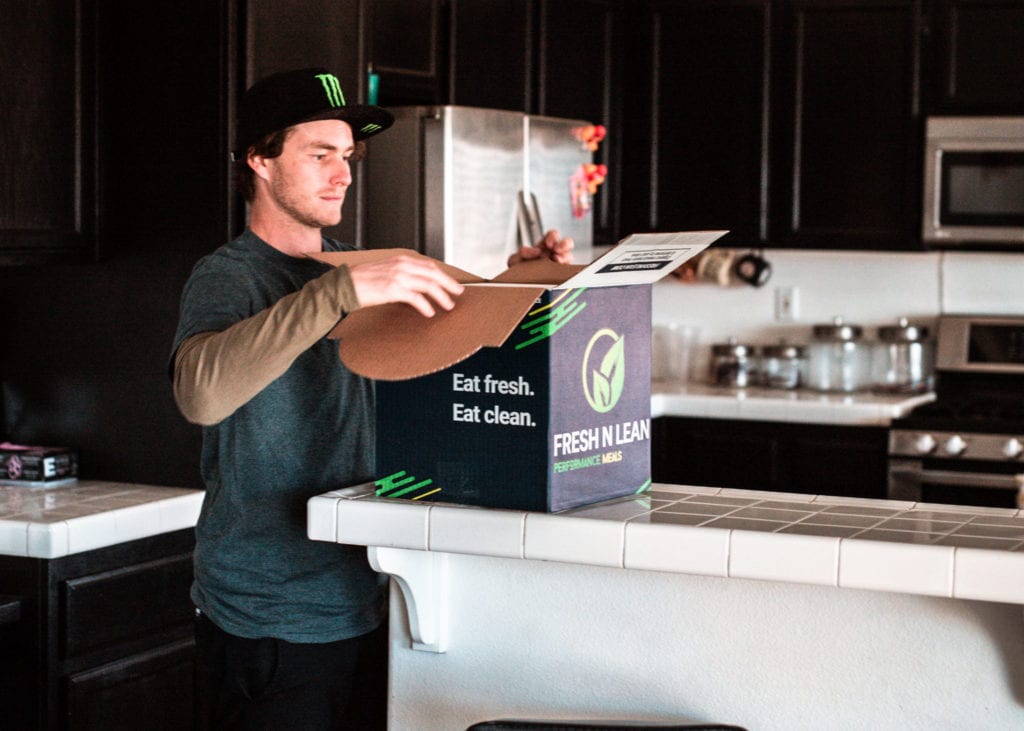
A meal delivery service can take the stress and hassle out of portion control. This service ships food directly to your doorstep.
With this service, you’ll find that there’s an appropriate amount of food and calories contained in each meal. That means there’s no need to use a scale or measuring cup.
The package lists each meal’s nutritional data. This makes it easy for you to make sure you’re getting the right mix of macronutrients.
Portion control FAQs
Now let’s take a look at some frequently asked questions concerning food portion control as it relates to health and weight loss:
What is a portion control diet?

A portion control diet is an eating plan that uses portion control to manage nutritional intake. With a portion control diet, you monitor the amount of food you consume from each food group, as well as the number of calories you consume each day.
This diet can support healthy weight loss by helping to make sure you consume enough nutrients from each of the major food groups as you limit your calorie intake.
So, how much of each food group should you consume on this diet?
These are the USDA’s daily recommended amounts for each food group for those age 14 and older on a 2,000-calorie diet:
- 2 cups fruit
- 2.5 cups vegetables
- 6 ounces grains
- 5.5 ounces protein
- 3 cups dairy (Note that the USDA’s dairy food group includes non-dairy sources of calcium such as calcium-fortified soy milk)
How can I control portion sizes when eating out at a restaurant?
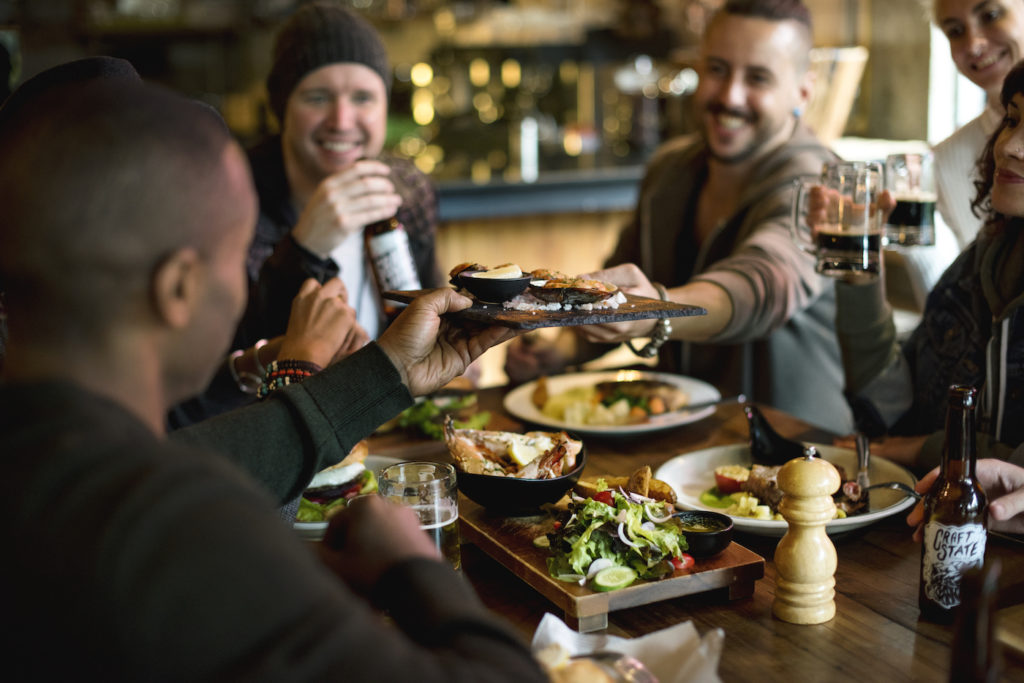
Restaurant portions can sometimes be pretty large. With most food groups, larger meal portions aren’t conducive to healthy eating. If you’re eating out, you’ll likely need to divide your entrée into a smaller portion if you want to stick to your diet.
There are a few ways to tackle this:
1. Use a portion control plate
You can take a portion control plate with you to the restaurant and use it to measure out your meal. The food that isn’t consumed can be put in a doggie bag and taken home to be eaten later.
2. Use the Idaho Plate Method
If you feel self-conscious about taking a divided plate to a restaurant, there’s another option: the Idaho Plate Method. It requires you to visualize how much space each of the major food groups should occupy on your plate.
For lunch and dinner, on one side of the plate, the entire half should contain non-starchy vegetables. On the other side, one-fourth should contain a protein, and one-fourth should contain a starch.
This method is often used for diabetes meal planning, but it also works well for those interested in weight loss and overall health management.
3. Box up half your entree before beginning your meal
Put half your entree in a doggie bag before you start eating to avoid temptation. Take it home for consumption at a later date.
4. Split your entree with a friend
Instead of eating the whole entree by yourself, split it with a dining companion. This approach will help facilitate healthy eating and appropriate portion control on your night out.
How can I use portion control and exercise for healthy weight loss?

Portion control and exercise can work hand in hand to help you achieve healthy weight loss.
To lose weight, you need to burn more calories than you consume.
Portion control can help you keep track of your caloric and nutritional intake. And exercise can help you increase the number of calories you burn each day.
If you maintain a modest calorie deficit while making sure to eat enough from each food group, you’ll be able to lose weight in a healthy way.
Can I use portion control to help manage diabetes?
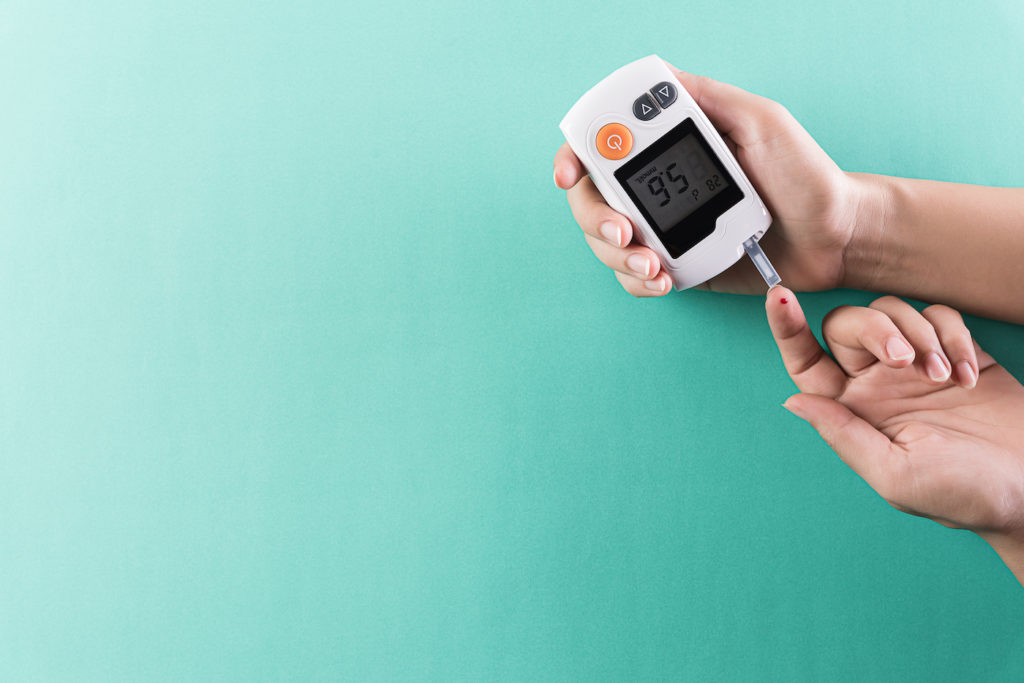
According to the Centers for Disease Control and Prevention, portion control can be used to help manage diabetes.
Eating lots of carbs can raise your blood sugar and worsen your diabetes.
Portion control can be used to manage carb intake. In so doing, it can help you stay on top of your diabetes.
What are the best portion control plates for weight loss?
There are many excellent portion control plates on the market. Here are three of the leading contenders:
1. Health Beet MyPlate
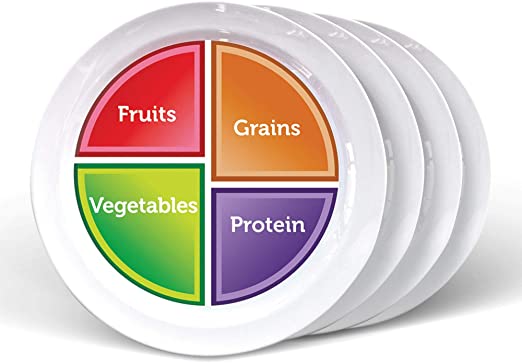
This cheerful-looking plate has bright colors and clear graphics, and its design makes it easy to use. Its straightforward presentation makes it a great choice for those who are new to portion control. Also, its large, legible graphics make it well-suited for those with less-than-perfect eyesight.
2. La Boos Healthy Separation Plate
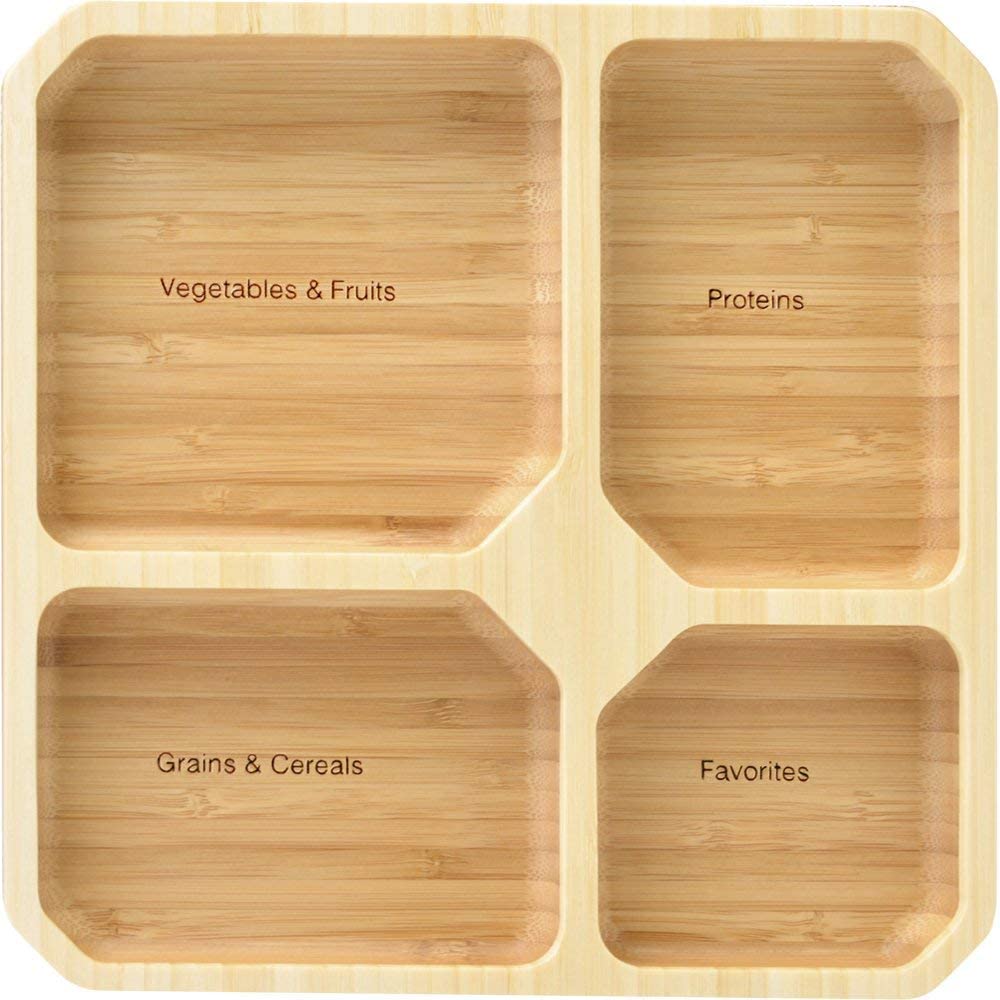
Offered in square and round variations, this portion control plate looks stylish, and it’s made from sustainable bamboo. It makes a handsome addition to any kitchen, and it’s a great choice for eco-conscious consumers who need a little help in selecting an appropriate portion size for their food.
3. Precise Portions

These portion control tools are great for those who want to make healthy food choices while eating on the run. They come with lids that seal securely to prevent accidental spills, and they’re safe for use in microwaves and dishwashers.
You can use the three portion control plates discussed above for more than just weight loss:
- If you’re diabetic, use them to select meal portions that encourage healthy blood sugar levels.
- Have you recently had bariatric surgery? If so, use these plates to maintain food portions that support the success of your surgery.
- Interested in improving your health and developing better eating habits? These handy portion control plates can assist you on your journey.
Next steps
Whether your goal is weight loss or weight maintenance, use the guidance shared above to make a plan that helps you keep track of how much food you consume at each meal. Consistency is important, so be sure to stick to the plan you’ve created.
Fresh N’ Lean provides healthy meal delivery that makes portion control easy. Choose from one of our five meal plans to have delicious, organic foods delivered to your doorstep.

